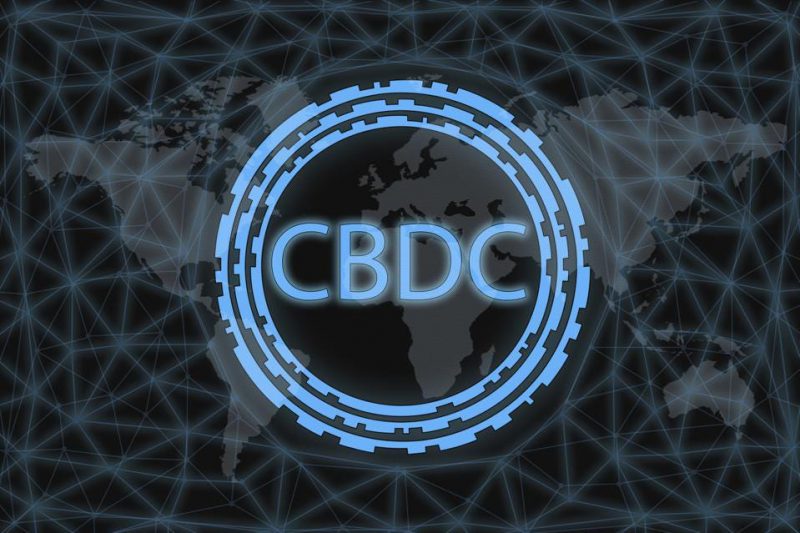Taiwan’s central bank has been working on a pilot CBDC over the past two years. The government-run e-currency is set to allow people to use a digital wallet and make payments without relying on other secondary instruments.
Speaking at a forum on digital currencies, the central bank governor Yang Chin-long said that they’d been simulating the use of the CBDC in a closed-loop testing environment. Notably, the connection operation with the bank’s official operating system has not yet been opened.
This means that there’s still time for an official issuance of the CBDC to the public for retail use. The central bank intends to check three other boxes before that. First, the public will be educated and communicated with. Post that, the system’s stability will be ensured. And then, a proper legal framework for the currency’s operations would be set up.
Chalking out a rough and uncertain timeframe, Yang said,
“This will take a long time, at least two years, and then we’ll have to evaluate it again.”
Yang also stressed the fact that the Taiwanese are still accustomed to using cash. The same would, however, change with time. Highlighting why, he said,
“We still have to push forward. After all, most of the young people in the future will use mobile phones, so we have to think about the next generation.”
On Bitcoin and other assets
Bitcoin is currently down by approximately 70% from its $69k November highs. Per the translated version of the keynote speech, the governor opined that Bitcoin’s price action is “rollercoaster-like.” The same makes it more of a “speculative risky asset,” not suitable for payment.
Alongside, he also ruled out the use of stablecoins as an alternative payment mode. Over the past few weeks, a handful of stablecoins, right from Terra’s UST to Tether’s USDT, have lost their peg. Yang emphasized that stablecoins are “mainly used to promote speculation and investment” and are “rarely used for payment or real economic activity.”





